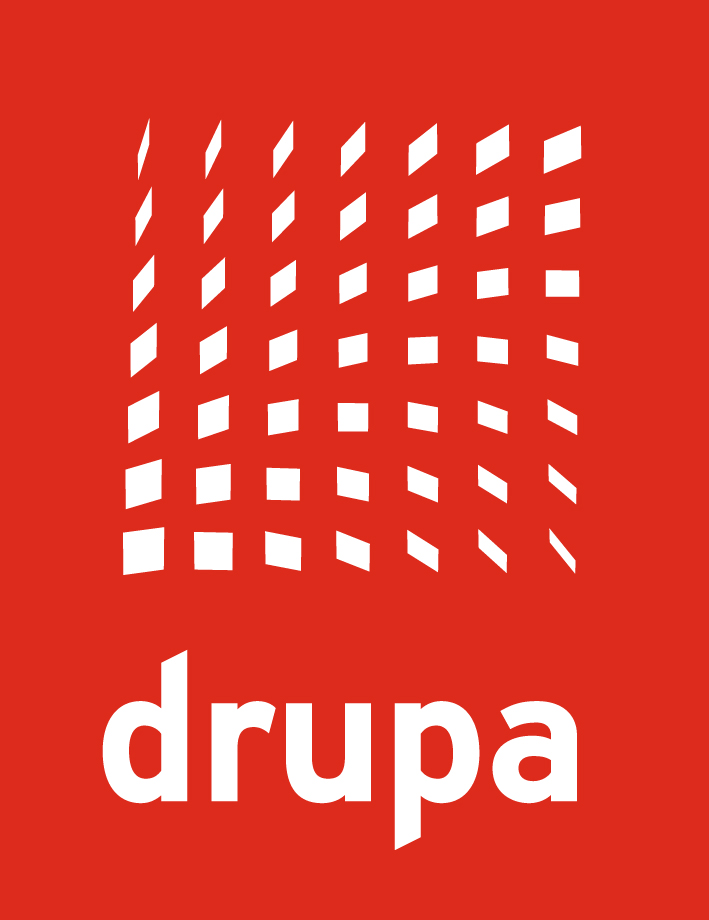How to Choose the Right Paper for Digital Printing
Time:2023-05-25 From:
With the continuous progress of digital printing technology, its application has been rapidly promoted, the demand for high-performance digital printing paper increased accordingly, with increasingly high quality requirements for digital printing paper.As one of the main consumables of digital printing, every practitioner in the printing industry should reasonably choose paper according to different models. So what is the difference between digital printing paper? How should we choose it?
Firstly, the characteristics of digital printing paper:
1. Physical properties: Digital printing paper should have a smooth surface to achieve high gloss prints. At the same time, the paper's bulk and stiffness should be appropriate to ensure the required mechanical properties. In addition, the paper's surface absorption and conductivity are good to avoid ink color changes, ink density reduction, powdering, smearing, sticking, and other problems that affect product quality. The moisture content of the paper and the relative humidity of the environment should also be controlled well to avoid excessive dehydration or excessive moisture absorption.
2. Mechanical properties: Digital printing paper should have high tear strength and tear resistance to prevent tearing and ripping problems. In addition, for heat-setting drying products, paper's folding resistance is an important indicator.
3. Optical properties: The gloss and opacity of digital printing paper are important optical performance indicators. The gloss is closely related to the aesthetics of prints, while opacity affects the clarity and readability of printed materials.
According to the purpose of the product, selecting appropriate paper can achieve better printing results.
Secondly, the focus of different digital printing papers:
1. Inkjet printing paper: Due to the use of high solvent content solvent inks or water-based inks, inkjet printing paper requires rapid drying and good imaging clarity. Therefore, the paper should have good absorption and rapid drying capabilities, while maintaining the stability of pigments on the paper surface. In addition, the fiber raw materials, filler types, sizing techniques, papermaking and coating processes, and other characteristics of the paper also need to be fully optimized to ensure printing effects.
2. Electrostatic imaging printing paper: Electrostatic digital printing machines use heat and pressure to transfer dry powder inks onto paper, so the smoothness of the paper is very important. The fibers and fillers within the paper should be evenly distributed and well interlaced to ensure adequate and accurate color transfer. Additionally, factors such as charge interaction and surface conductivity can affect printing performance, so it is important to control these factors. It is also essential to maintain constant humidity and temperature during transportation and storage to avoid paper deformation and damage.
In conclusion, selecting suitable paper for digital printing is very important as it is a key factor in obtaining high-quality printed materials. Different digital printing technologies and models require different types of paper, so it is important to choose the right paper based on specific needs. At the same time, understanding the characteristics and requirements of different types of paper is also very important to ensure printing effects and the normal operation of equipment.
Source: Keyin.cn

